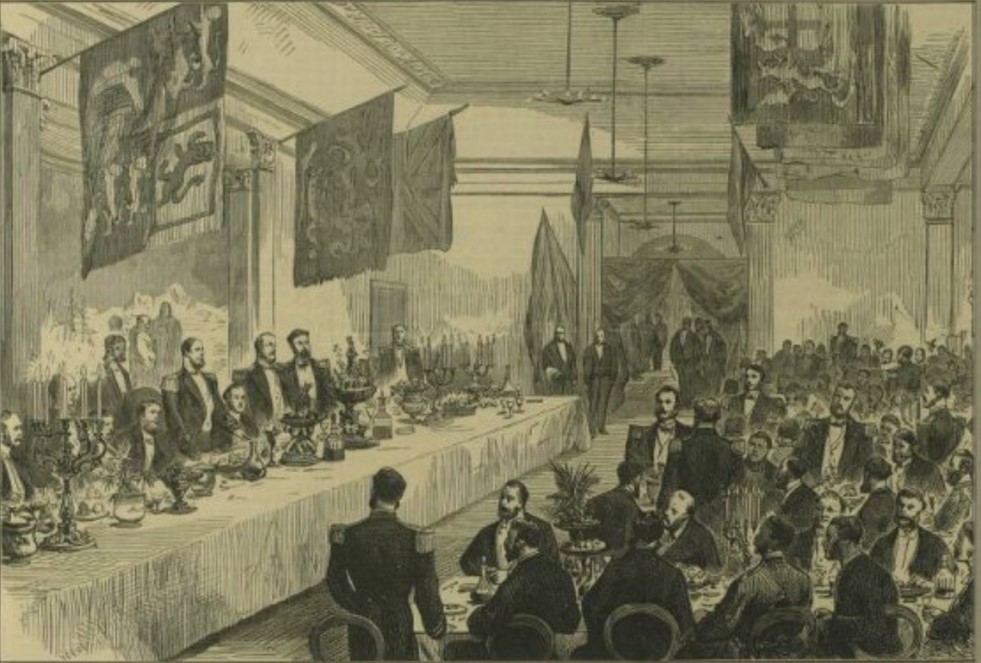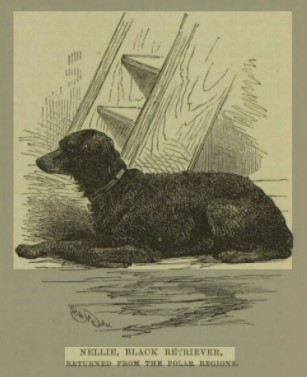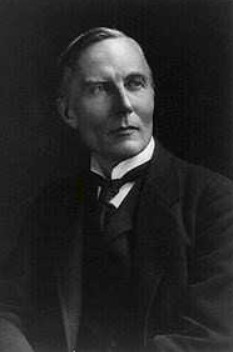When I published my article on ‘The Man Who Never Was’, the story of Operation Mincemeat, a year ago, I hadn’t realised that a film was to be released in May 2022. Perhaps, if I had I would have delayed the publication by a few months! In it, I described the rather tenuous connection with my father’s cousin, HAL Fisher. The interest and comments I received made me explore deception used as a weapon during World War II. It was this that led me to learn about the use of plastic surgery to change people’s appearance for the purpose of espionage.

Although surgery to alter appearance has been carried out to a limited extent throughout history it was during the Second World War that it began to be developed in earnest. A popular reason given for this was the desire to treat badly injured pilots who had survived their aircraft being shot down. However, there was a far more secret purpose being carried out too – to assist the SOE (the UK’s Special Operations Executive) in their missions behind enemy lines. In released official documents, the procedures – known euphemistically as ‘permanent make-up’ – are listed as casually as one might write a shopping list: ‘plastic operations to forehead’, ‘surgical operations to ears’, and so on. Once war was over some of the recipients began to talk about their treatment which, although disapproved of by the Government, were not silenced.

Arthur Rainsford Mowlem, born in New Zealand in 1902, came to England in the late ‘20s to further his development as a medic. In 1936 he joined the practice of Sir Harold Gillies, also a New Zealander and described as ‘the father of modern plastic surgery’. Here they worked alongside pioneering new methods of treatment. It is unknown when or how Mowlem and other surgeons were enlisted to help the SOE and Mowlem never spoke of it during his lifetime. However, in correspondence between him and the SOE he discusses the prospect of surgery to alter the appearance of a French agent. How Mowlem felt about operating on these healthy men is unknown but an un-named surgeon tells of how the work now required of them “was a mockery of all that they had trained for”.
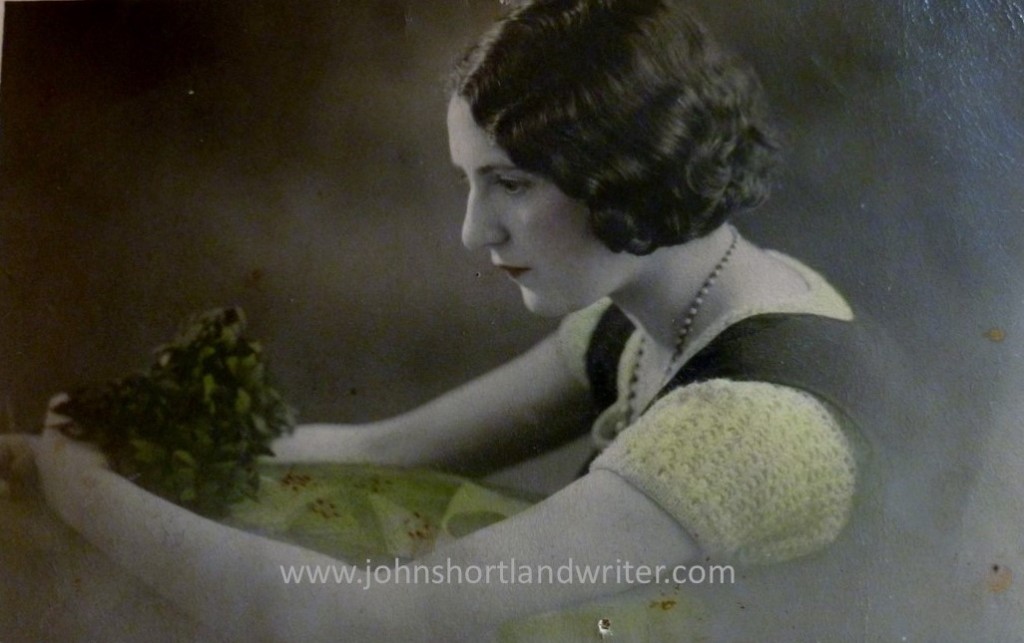
My mother’s career with Odeon Cinemas had progressed rapidly throughout the war and by 1944 she was heading the Licencing Department with a team of assistants. Odeon had, by then, evacuated their offices from London to the small, riverside town of Marlow in Buckinghamshire. She was accommodated in a lovely and old country house in the nearby village of Well End. Living at the Old Malt House must have seemed a different world from the London’s West End where she had been brought up and she would tell of how she would lean out of her bedroom window to pick fruit from the grapevine that grew on the house walls. With extensive grounds, a cook and a housekeeper and the use of a chauffeured car it must have been a life of relative luxury that she would have been unused to. It was here that she also met her future husband – my father – so a very happy and untroubled time for her. All that changed in an instance when, on the first day of December 1945 during the black-out, her car was involved in a head-on accident.
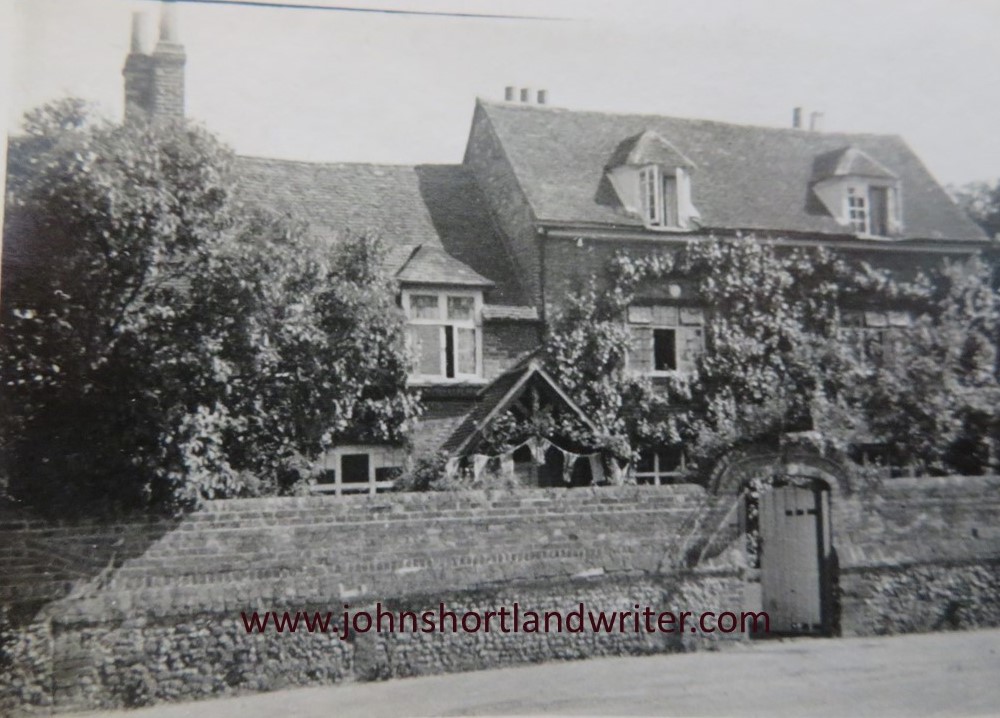
In those days of cars with no seat belts, my mother had taken the full force of the crash and had been catapulted through the windscreen. Unconscious, she was taken by ambulance to Wycombe Hospital and with multiple facial and head injuries unexpected to survive the night. Fortunately, Odeon proved to be excellent and supportive employers, driving her parents down from London and accommodating them so that they were able to visit her regularly. On Christmas Day she came out of the coma unaware of what had happened over the past month. She would tell of how she had first heard singing and, opening her eyes, saw a blurred vision of people dressed in white that she though must be angels. They were, of course, her nurses singing a carol! Badly scarred and with broken nose and cheekbones she was finally released from hospital unable to work and embarrassed about being seen in public. In her memoir, she described the first day she had to enter a crowded room and how it fell silent when she appeared, a humiliating and distressing moment.

Six months after her accident, Odeon who had been caring for her as well as paying her salary all this time arranged for her to be taken to London to see a doctor at The London Clinic in Harley Street. The doctor was surgeon Arthur Rainsford Mowlem; in mother’s words, “a charming man who promised me he would do all he could.” There followed a series of operations over many weeks where he reconstructed the badly damaged side of her face, repaired the cheekbones, and rebuilt her badly broken nose using part of her hipbone. Looking at her wedding photograph, taken such a short time after in the autumn of 1946, his skilful work is quite extraordinary although my mother kept the picture hidden away; all she could see was a face that didn’t quite belong to her. Nowadays, I imagine, she would have received some sort of counselling but then it was just a case of ‘getting on with it’.

Living well into her 90s, mother’s issues with discomfort in her neck and head waned over time only to be replaced by a later source of (bemused) irritation. When visiting hospitals there would be a succession of doctors and nurses wanting to look at her facial surgery for none had seen such early reconstruction and to see how it had fared over seventy years. She had been told that she was the first civilian to receive plastic surgery and for the remainder of her long life she was eternally grateful to Odeon Cinemas who had cared for her and paid for her treatment. Most of all, she was grateful to Rainsford Mowlem, without whom she would have had a lifetime of disfigurement; to her he was, indeed a hero.
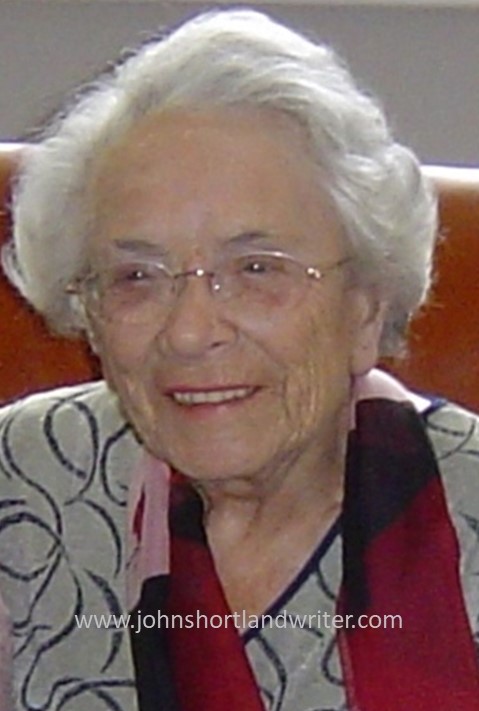
To read the story of Operation Mincemeat and The Man Who Never Was click here
References:
Wikipedia Arthur Rainsford Mowlem
Amin, Kavit Rainsford Mowlem: An unsung father of reconstructive surgery
Bailey, Roderick. Special Operations: a hidden chapter in the histories of facial surgery and human enhancement (CC BY 4.0)
EDIT: Today, 21st June, I was delighted to receive this lovely email in response to this blog post from The London Clinic where my mother received her revolutionary treatment 70 years ago. They are happy for me to share it with you – you may need to click on the image of the email to make the typeface clearer…




